(By Ayesha Mohsin)
Introduction
On July 29, 2025, U.S. President Donald Trump threatened to impose tariffs as high as 25% on Indian imports if a long-sought trade agreement remains elusive. This bold move, therefore, signals heightened tensions in U.S.-India trade relations. For instance, it underscores Trump’s aggressive “America First” trade policy. Meanwhile, India faces pressure to open its markets. This article explores the tariff threat’s context, its diplomatic implications, and its potential economic impact. Furthermore, it examines India’s response and the future of bilateral trade.
U.S.-India Trade: A Complex Relationship
The U.S. and India share a significant trade partnership. Last year, the U.S. imported $87 billion in goods from India, including pharmaceuticals and smartphones. Conversely, India imported $42 billion from the U.S., creating a $45 billion trade deficit. Over the past decade, this deficit has doubled, fueling Trump’s criticism. Specifically, he has called India’s high tariffs unfair. For example, Trump noted on February 13, 2025, “They charge more tariffs than any other country.” Consequently, he seeks to level the playing field.
Historically, U.S.-India trade negotiations have been challenging. In 2019, the U.S. revoked India’s preferential trade status under the Generalized System of Preferences (GSP), citing market access issues. India retaliated with tariffs on U.S. goods like almonds and apples. Moreover, non-tariff barriers, such as India’s digital services taxes and stringent import regulations, have frustrated U.S. officials. Despite these tensions, both nations have pursued a trade deal. However, negotiations remain “complicated,” as India’s Foreign Minister S. Jaishankar noted.
Trump’s Tariff Threat: Details and Context
On July 29, 2025, Trump announced a potential 25% tariff on Indian imports, effective August 1, unless a trade deal is reached. This follows his April 2, 2025, decision to set a 26% tariff, later paused for negotiations. “They are going to pay 25%,” Trump stated, adding, “India has been – they’re my friends.” This remark, therefore, reflects his personal rapport with Prime Minister Narendra Modi but underscores his frustration with India’s trade policies.
The threat aligns with Trump’s broader trade strategy. For instance, he has sent tariff letters to over a dozen countries, including Japan and South Korea, demanding better market access. Additionally, Trump imposed a 10% universal tariff on April 5, 2025, under the International Emergency Economic Powers Act (IEEPA), citing trade deficits as a national emergency. Specifically, he targets countries with high tariffs or non-tariff barriers. In India’s case, the U.S. objects to digital services taxes and “burdensome” testing requirements for imports.
In May 2025, Trump claimed India agreed to zero tariffs on U.S. exports. However, Jaishankar called this “premature.” U.S. Trade Representative Jamieson Greer emphasized further talks are needed. “They have expressed strong interest in opening their market,” Greer said, “but we need more negotiations.” Meanwhile, India’s commerce minister remains optimistic about meeting the August 1 deadline.
Economic and Diplomatic Implications
The proposed 25% tariff could significantly impact both economies. For the U.S., India is a key supplier of pharmaceuticals, smartphones, and apparel. Higher tariffs may raise consumer prices, as businesses pass on costs. For example, the Tax Foundation estimates Trump’s tariffs could cost U.S. households $1,300 annually. Moreover, India’s $42 billion in U.S. imports, including aircraft and fuels, could face retaliatory tariffs, harming U.S. exporters. Consequently, a trade war risks disrupting bilateral trade worth $129 billion in 2024.
Diplomatically, the threat strains U.S.-India relations, a critical partnership for countering China. For instance, the Quad alliance relies on strong U.S.-India ties. However, Trump’s tariff rhetoric, including a 10% additional tariff on BRICS nations like India for “anti-American” policies, complicates this dynamic. India’s neutral stance in BRICS, advocating for a multipolar world, has drawn Trump’s ire. Furthermore, India’s refusal to fully align with U.S. demands reflects its strategic autonomy.
India faces domestic pressure to resist concessions. High tariffs protect local industries like agriculture and manufacturing. Additionally, digital services taxes fund India’s growing tech sector. Yielding to U.S. demands could spark political backlash. Nevertheless, India’s commerce minister expressed hope for a deal, suggesting flexibility in negotiations.
India’s Response and Global Context
India has responded cautiously to Trump’s threat. Jaishankar’s dismissal of Trump’s zero-tariff claim indicates New Delhi’s firm stance. However, India’s commerce minister signaled willingness to negotiate, aiming to avoid tariffs. For example, India may offer reduced tariffs on select U.S. goods, like agricultural products, to secure a deal. Meanwhile, India has strengthened trade ties with other partners, such as the EU and ASEAN, to diversify its markets.
Globally, Trump’s tariff strategy has mixed results. For instance, Japan and South Korea face 25% tariffs, while the Philippines secured a 19% tariff deal. Canada faces a 35% tariff threat, escalating tensions. These actions reflect Trump’s tactic of using high tariff threats to force concessions. However, critics warn of inflation and supply chain disruptions. Federal Reserve Chairman Jerome Powell called the tariffs’ economic impact “larger than expected.”
Future Outlook
The August 1 deadline looms large for U.S.-India trade talks. If no deal is reached, the 25% tariff could take effect, escalating tensions. Alternatively, a compromise could emerge, with India opening select markets and the U.S. lowering tariffs. For instance, India may reduce digital taxes, while the U.S. could exempt certain Indian goods. However, Trump’s insistence on zero trade deficits complicates negotiations.
The tariff threat also intersects with broader geopolitical issues. For example, India’s role in BRICS and its neutral stance on global conflicts, like Ukraine, may influence U.S. policy. Additionally, India’s growing economic clout, with a GDP surpassing $3.5 trillion, strengthens its negotiating position. Ultimately, both nations must balance economic interests with strategic cooperation.
Conclusion
Trump’s threat to impose 25% tariffs on India highlights the complexities of U.S.-India trade relations. While the U.S. seeks market access, India defends its economic sovereignty. The August 1 deadline will test both nations’ diplomatic resolve. For now, the threat underscores Trump’s aggressive trade policy and India’s challenge to maintain strategic autonomy. A balanced trade deal could strengthen ties, but failure risks economic and diplomatic fallout.



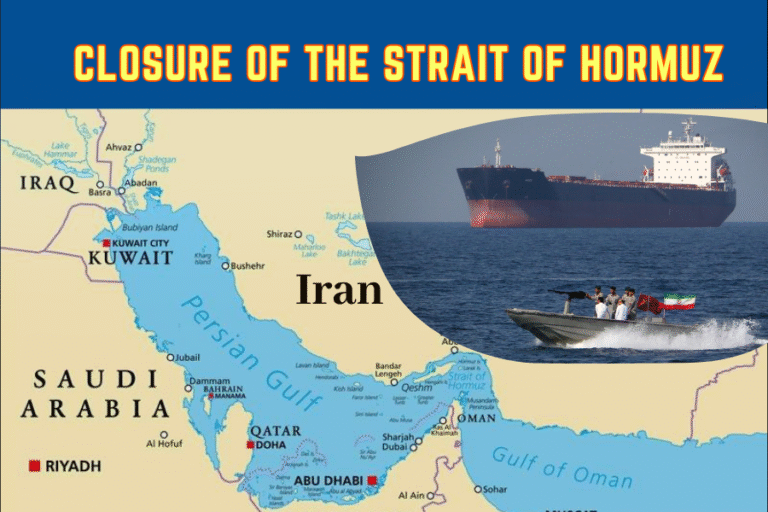
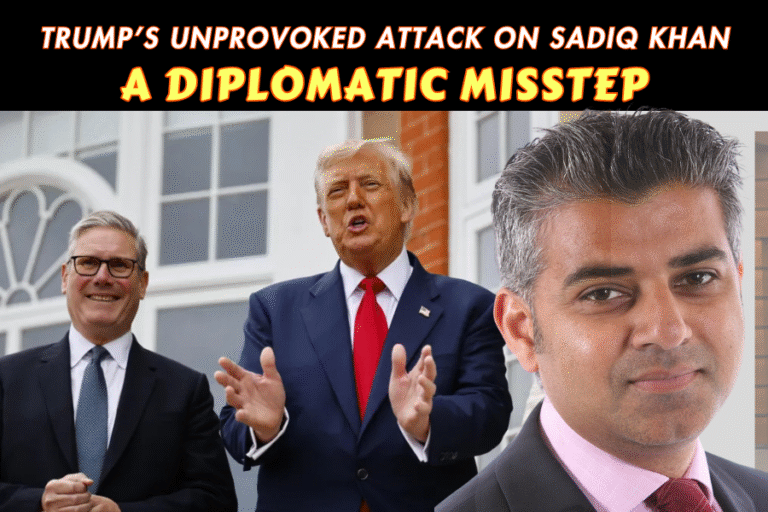
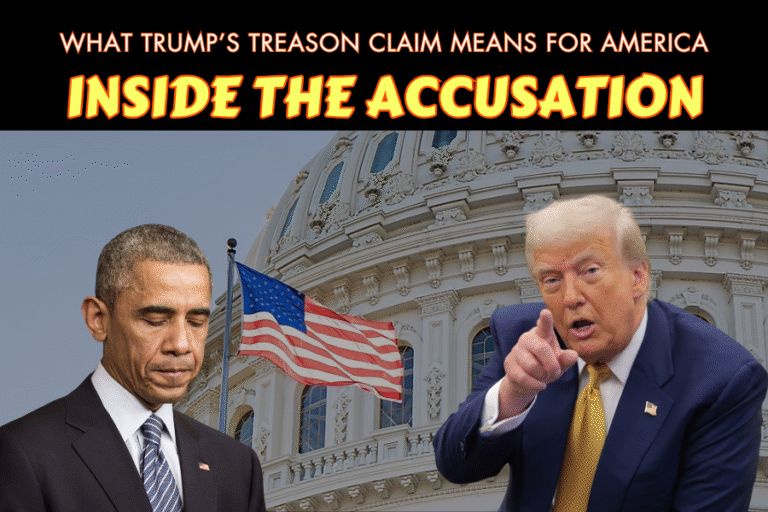
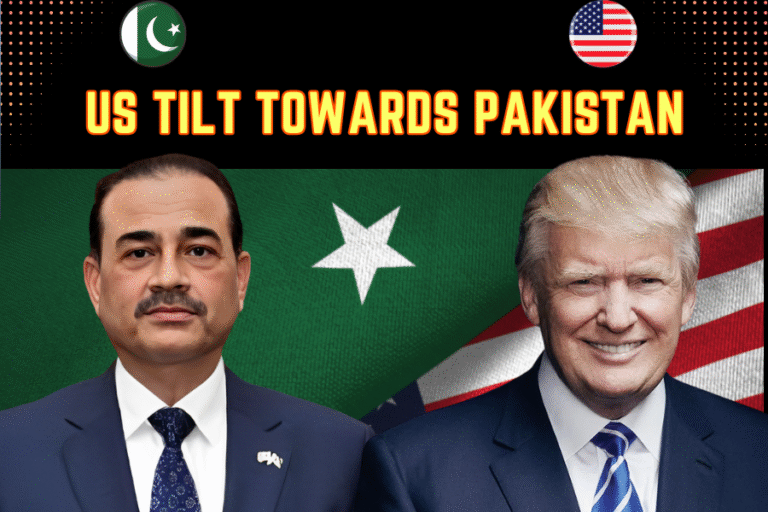
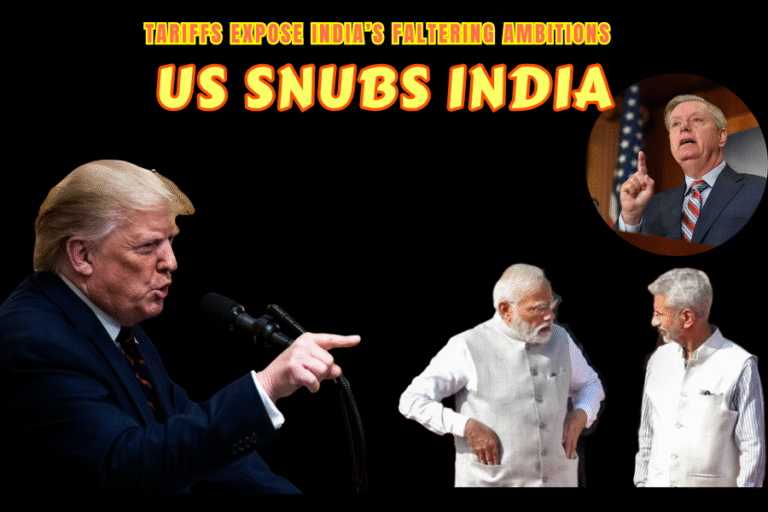
Thank you for this insightful analysis of US-India trade tensions under President Trump. As an Indian, I’m concerned about the proposed 25% tariffs and their impact on key sectors like pharmaceuticals and apparel. While India values its strong partnership with the US, it must also protect its domestic industries and strategic interests. Hopefully, ongoing trade talks will lead to a fair agreement that supports mutual growth and respects India’s priorities.